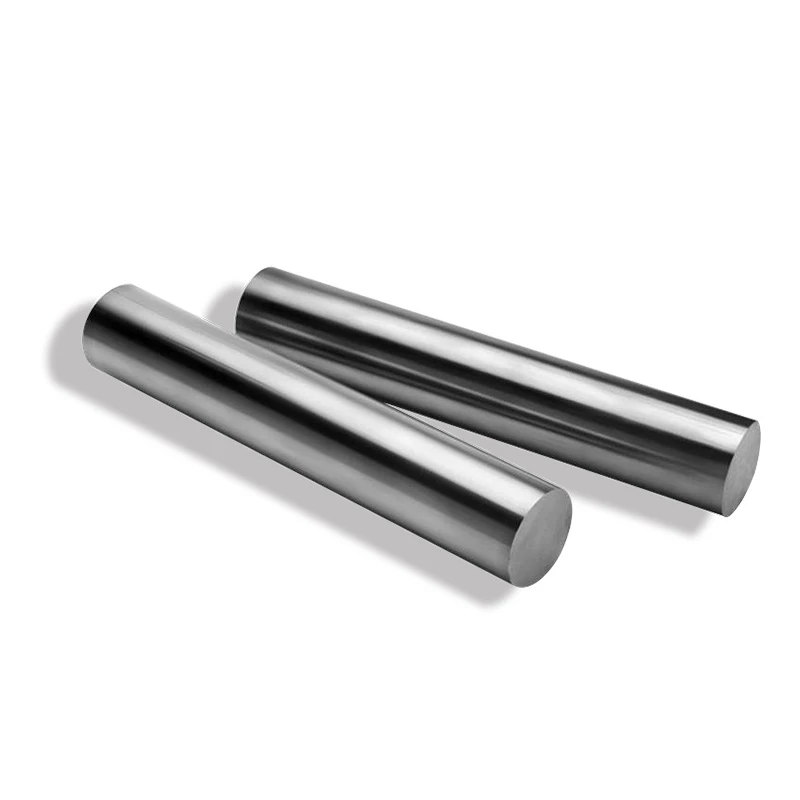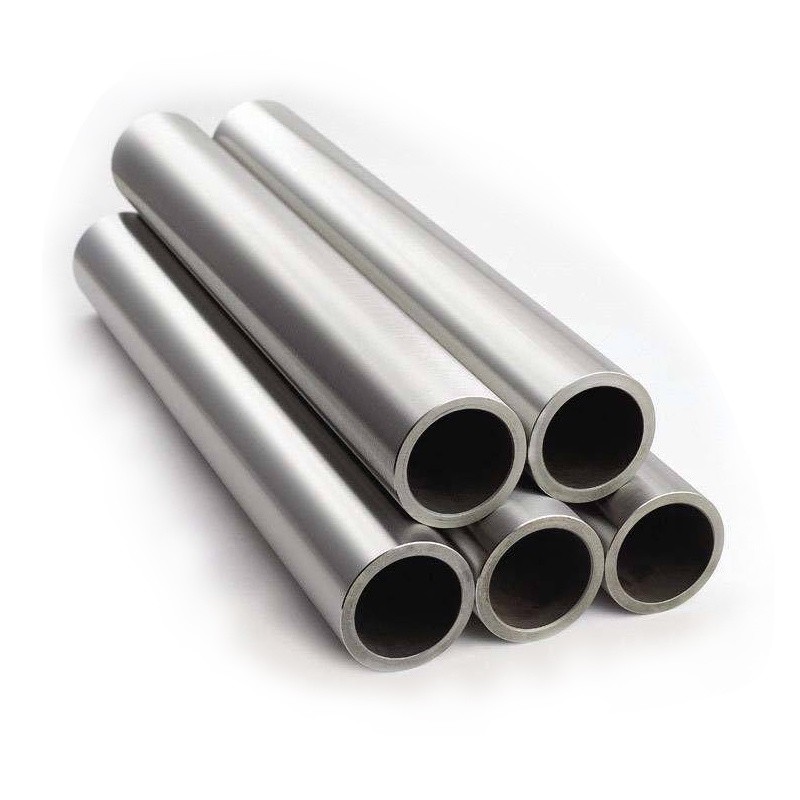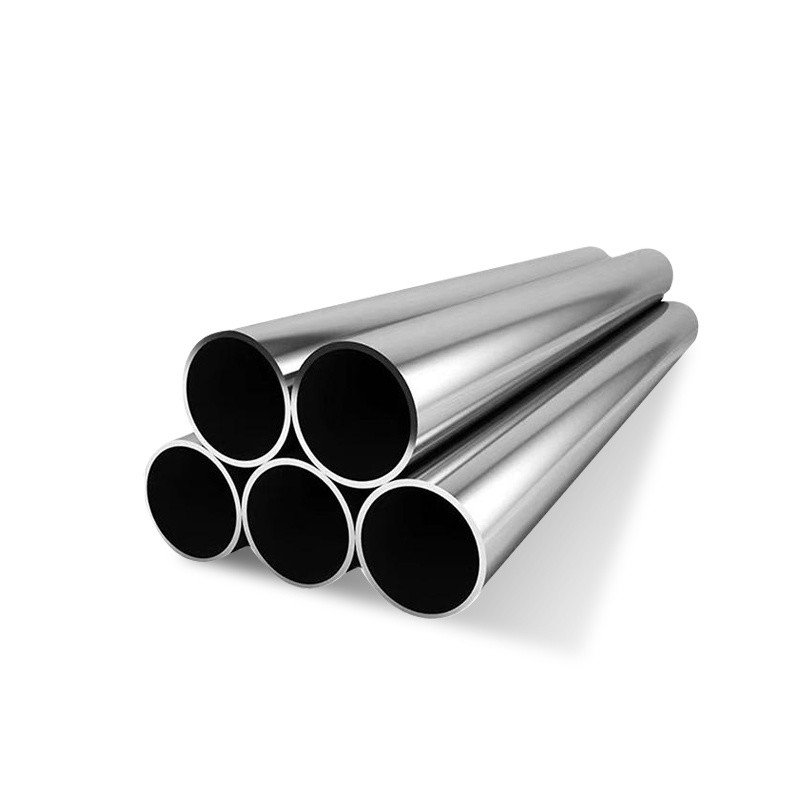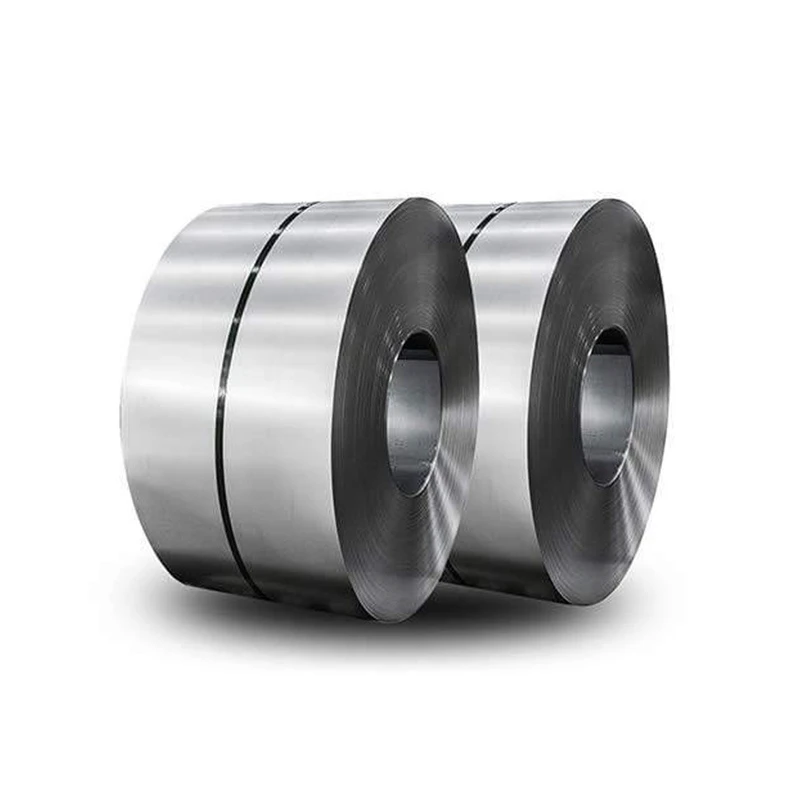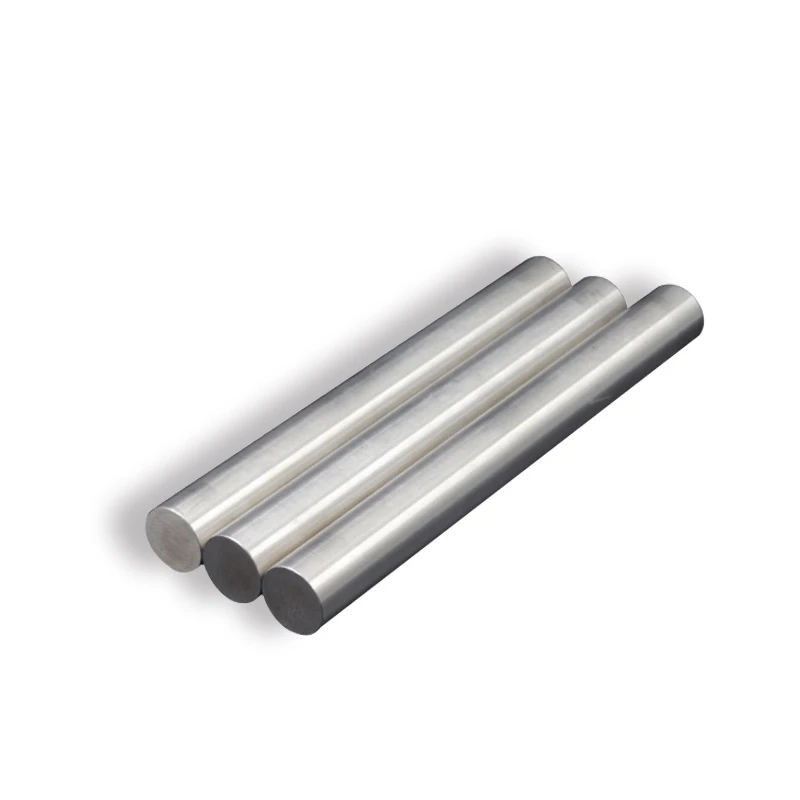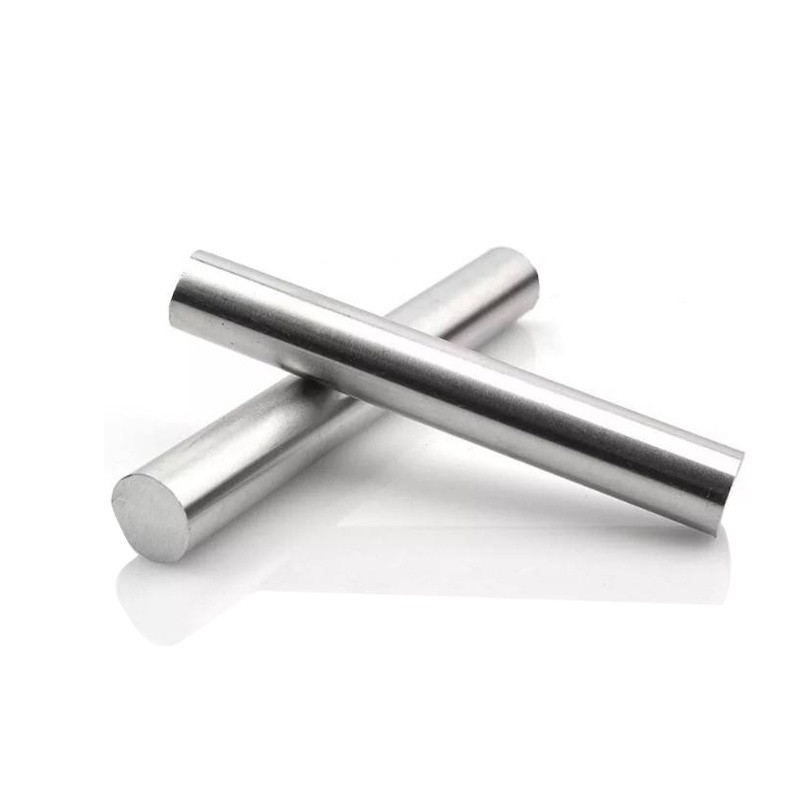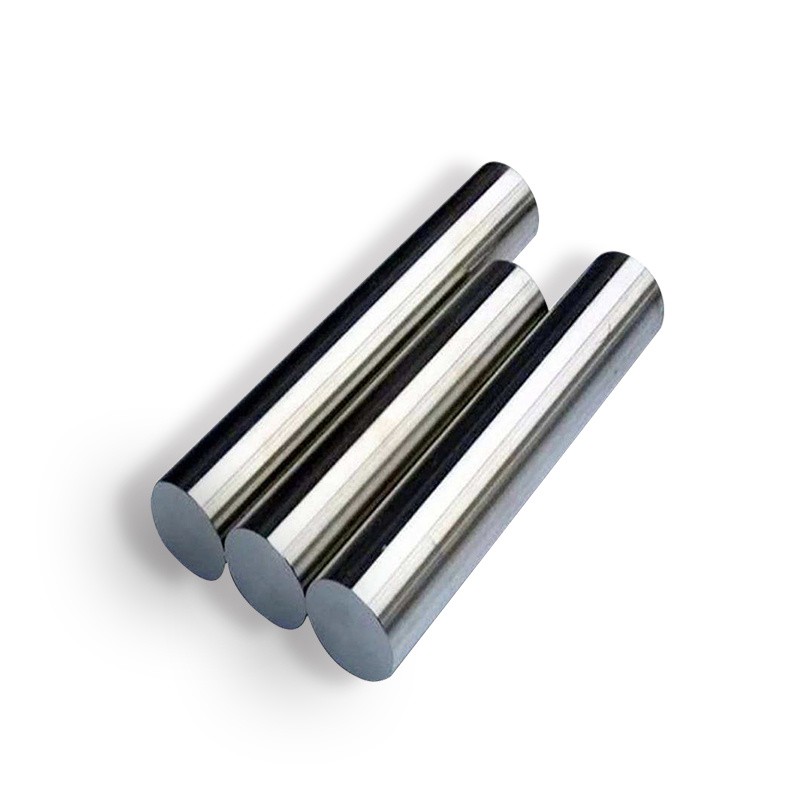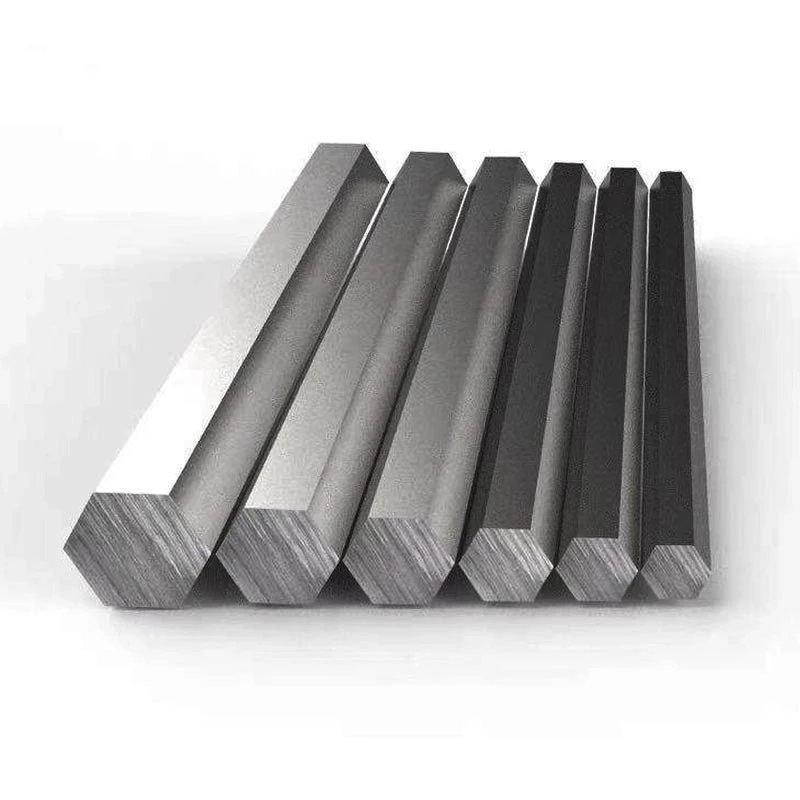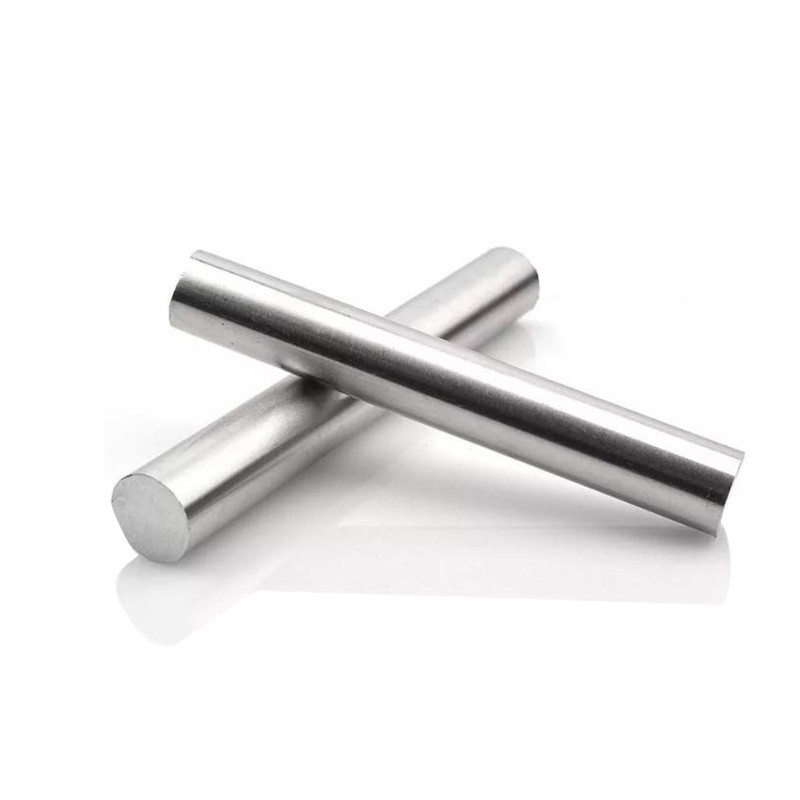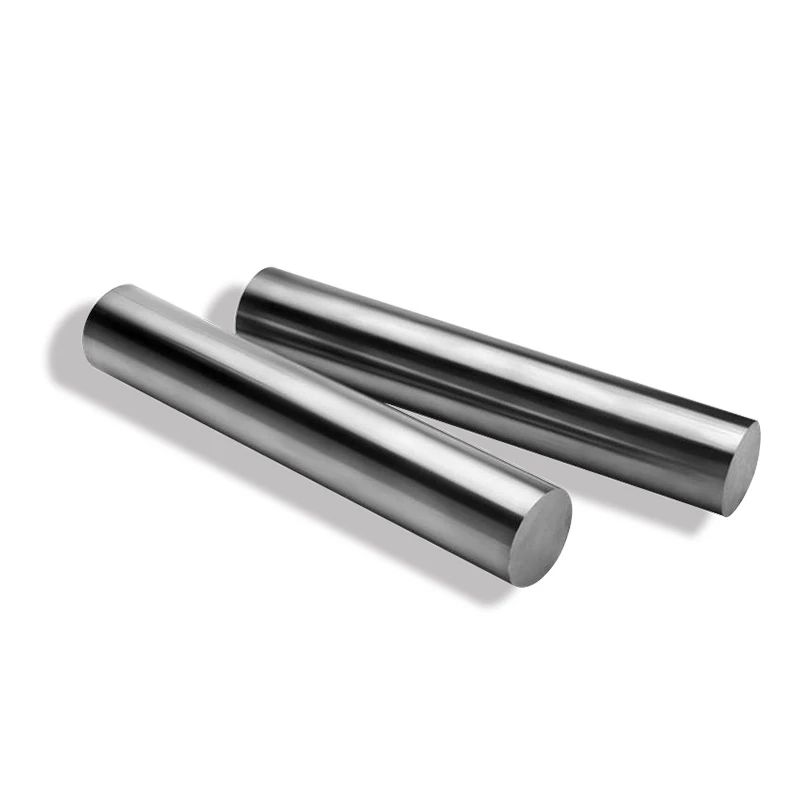
CATEGORIES
FEATURED PRODUCTS
403 Stainless Steel Bar
We offer this product and related grades with 100% factory direct pricing and free quotes available within 24 hours.
APPLICATION SCENARIOS

OUR ADVANTAGE

Certificate of Honor

PARTNER

Our Factory

When considering materials for demanding applications, the 403 Stainless Steel Bar stands out as a formidable choice. We’re talking about a martensitic stainless steel, known primarily for its exceptional strength, remarkable hardness, and superior resistance to corrosion in specific environments. Its composition, primarily iron with chromium and a dash of carbon, equips it for high-stress, high-temperature operations, making it a staple in industries where reliability is non-negotiable. From turbine components to fasteners, its versatility truly shines, offering a blend of mechanical prowess and durability that few other alloys can match.
To truly grasp the capabilities of 403 stainless steel, we must examine its elemental makeup and the resulting mechanical and physical properties. Every percentage point of an element plays a pivotal role in dictating the final performance.
Chemical Composition (Weight %)
|
Element |
Minimum (%) |
Maximum (%) |
|
Carbon (C) |
— |
0.15 |
|
Manganese (Mn) |
— |
1.00 |
|
Silicon (Si) |
— |
0.50 |
|
Phosphorus (P) |
— |
0.040 |
|
Sulfur (S) |
— |
0.030 |
|
Chromium (Cr) |
11.5 | 13.5 |
|
Nickel (Ni) |
— |
0.60 |
|
Iron (Fe) |
Balance |
Balance |
This carefully balanced recipe is what gives 403 stainless steel its unique characteristics. The lower carbon content compared to some other martensitic grades helps improve its toughness and weldability, though pre- and post-weld heat treatments are still often recommended to mitigate potential issues.
Mechanical Properties (Typical, Annealed Condition)
|
Property |
Imperial Units |
Metric Units |
|
Tensile Strength |
75,000 psi (min) |
515 MPa (min) |
|
Yield Strength (0.2% offset) |
30,000 psi (min) |
205 MPa (min) |
|
Elongation in 2″ |
20% (min) |
20% (min) |
|
Hardness (Rockwell B) |
90 (max) |
200 HB (max) |
Upon heat treatment, particularly hardening and tempering, these properties can be significantly enhanced, leading to much higher tensile strength and hardness values, albeit with a corresponding reduction in ductility. It’s a classic metallurgical trade-off, isn’t it?
Physical Properties (Typical)
|
Property |
Imperial Units |
Metric Units |
|
Density |
0.28 lbs/in³ |
7.80 g/cm³ |
|
Melting Range |
2720-2790°F |
1493-1532°C |
|
Modulus of Elasticity |
29 x 10⁶ psi |
200 GPa |
|
Thermal Conductivity |
15.5 Btu/hr·ft·°F (at 212°F) |
26.8 W/m·K (at 100°C) |
|
Electrical Resistivity |
23.6 µΩ·in (at 68°F) |
60 µΩ·cm (at 20°C) |
These properties, especially the thermal conductivity and electrical resistivity, are vital for engineers designing components where heat dissipation or electrical performance is critical. For instance, in turbine blades, efficient heat transfer is paramount, and the thermal properties of 403 stainless steel play a role here.
Fabricating and Processing: Best Practices
Working with 403 stainless steel requires a nuanced approach, particularly concerning its fabrication and heat treatment. Understanding these processes is not merely academic; it directly impacts the final product’s integrity and performance.
Heat Treatment
Heat treatment is where 403 stainless steel truly transforms. Annealing, typically performed at temperatures around 1200-1300°F (650-705°C) followed by slow cooling, is crucial for softening the material for machining and improving its ductility. But it’s in the hardening process, often involving heating to 1750-1850°F (955-1010°C) and then oil or air quenching, where it gains its impressive strength. This is followed by tempering, a process at 400-1200°F (205-650°C), which refines the hardness and toughness, alleviating internal stresses. Skipping or improperly executing these steps can lead to brittle material or reduced performance. We often stress the importance of precise temperature control during these phases.
Machinability
Given its hardness, 403 stainless steel is considered moderately difficult to machine. It requires robust tooling, slower speeds, and adequate lubrication to achieve desired finishes and extend tool life. Think of it as a marathon, not a sprint; patience and the right equipment are key.
Welding
While 403 stainless steel can be welded, it’s not without its challenges. Preheating to 300-400°F (150-205°C) is generally recommended to prevent cracking, and post-weld heat treatment, often an anneal or temper, is usually necessary to restore ductility and toughness. We frequently advise using filler metals that match the base material’s composition or employing austenitic filler metals for improved ductility in the weld zone.
Applications: Where 403 Stainless Steel Shines
The unique combination of properties possessed by 403 stainless steel makes it indispensable in a variety of high-demand applications. Where do we see it most often?
-
Steam Turbine Components: This is perhaps its most iconic application. We’re talking about turbine blades, buckets, and valve components, where high strength at elevated temperatures and resistance to erosion are paramount. The ability to maintain structural integrity under continuous thermal and mechanical stress is a non-negotiable requirement here.
-
Compressor Blades and Discs: Similar to turbines, compressors in jet engines and other machinery benefit from 403’s strength and fatigue resistance.
-
Fasteners: In environments requiring corrosion resistance combined with high tensile strength, such as in marine or chemical processing industries, 403 stainless steel bolts, nuts, and screws are often specified.
-
Pump and Valve Parts: Components that handle corrosive fluids or operate under high pressures often utilize 403 for its durability.
-
Cutlery and Surgical Instruments: While less common than some other martensitic grades, 403 can be found in some specialized cutlery and surgical tools due to its ability to be hardened to a high degree.
It’s clear, isn’t it, that its utility extends across numerous sectors where reliability cannot be compromised?
Comparative Analysis: 403 vs. Other Stainless Steels
To truly appreciate the niche that 403 stainless steel occupies, it’s beneficial to compare it with other common stainless steel grades. What sets it apart, and when might we opt for an alternative?
|
Feature / Grade |
403 Stainless Steel |
304 Stainless Steel |
410 Stainless Steel |
|
Type |
Martensitic |
Austenitic |
Martensitic |
|
Primary Strength |
High strength, hardness, good corrosion resistance |
Excellent corrosion resistance, good formability |
High strength, good corrosion resistance |
|
Heat Treatable |
Yes, highly |
No (hardens by cold work only) |
Yes, highly |
|
Corrosion Resistance |
Good in mild atmospheres, steam, fresh water |
Excellent in a wide range of environments |
Good, similar to 403 but often higher carbon |
|
Weldability |
Moderate (requires pre/post-heat treatment) |
Excellent |
Moderate (requires pre/post-heat treatment) |
|
Applications |
Turbine blades, fasteners, pump parts |
Kitchen sinks, food processing equipment, architectural |
Cutlery, valve components, springs |
As one can observe, 403 and 410 stainless steels are quite similar, both being martensitic. The key difference often lies in the carbon content, with 403 typically having a lower maximum carbon, which can lead to slightly better toughness and weldability while maintaining good hardness. However, 304, being austenitic, offers far superior general corrosion resistance and weldability, but lacks the hardenability and high strength of 403. It’s a matter of choosing the right tool for the job, wouldn’t you agree?
Standards and Specifications: Ensuring Quality
Adherence to industry standards is paramount when dealing with materials like 403 stainless steel. These standards ensure consistency, quality, and interchangeability. We rigorously follow these guidelines to guarantee the integrity of our products.
-
ASTM A276: This standard covers stainless steel bars and shapes for general use. It outlines the chemical composition, mechanical properties, and various forms in which the material can be supplied. For instance, ASTM A276 specifies that 403 stainless steel bars should meet certain tensile and yield strength requirements after specific heat treatments.
-
ASTM A582/A582M: This specification details free-machining stainless steel bars. While 403 isn’t primarily a free-machining grade, this standard is relevant when considering machinability aspects.
-
AMS 5616: This Aerospace Material Specification outlines requirements for 403 stainless steel in bar, wire, and forging stock forms, specifically for aerospace applications where stringent quality control is essential. This specification often includes tighter tolerances and more rigorous testing protocols compared to general industrial standards.
-
UNS S40300: This is the unified numbering system designation for 403 stainless steel, providing a consistent identifier across various specifications and industries. It helps avoid confusion when sourcing materials globally.
These standards provide a common language and a framework for quality assurance. Without them, specifying and procuring reliable materials would be a far more perilous undertaking.
Frequently Asked Questions (FAQ)
Q1: What is the primary advantage of 403 Stainless Steel over other stainless steel grades?
Its primary advantage lies in its unique combination of high strength and hardness, coupled with good corrosion resistance in mild environments, especially after appropriate heat treatment. This makes it ideal for applications requiring robust mechanical properties where extreme corrosion resistance isn’t the sole priority.
Q2: Is 403 Stainless Steel magnetic?
Yes, 403 Stainless Steel is magnetic. As a martensitic stainless steel, it has a body-centered tetragonal crystal structure, which inherently exhibits ferromagnetic properties. This distinguishes it from austenitic stainless steels like 304, which are generally non-magnetic.
Q3: Can 403 Stainless Steel be hardened?
Absolutely. 403 Stainless Steel is highly heat-treatable and can be significantly hardened through processes involving austenitizing (heating to high temperatures), quenching, and subsequent tempering. This ability to achieve high hardness and strength is one of its defining characteristics.
Q4: What are the common challenges when welding 403 Stainless Steel?
The main challenges include susceptibility to hydrogen-induced cracking and reduced ductility in the heat-affected zone. To mitigate these issues, proper preheating, controlled interpass temperatures, and post-weld heat treatment (like annealing or tempering) are typically recommended.
Q5: In what environments does 403 Stainless Steel offer good corrosion resistance?
It exhibits good corrosion resistance in mild atmospheric conditions, fresh water, steam, and some mild organic acids and alkalis. However, its resistance is limited in highly acidic, chloride-rich, or marine environments, where pitting and crevice corrosion can occur.
Q6: How does the carbon content in 403 Stainless Steel affect its properties?
The relatively low carbon content (up to 0.15%) in 403 Stainless Steel, compared to some other martensitic grades like 410 (up to 0.15% but often higher in practice), contributes to improved toughness and weldability, while still allowing for significant hardening. A higher carbon content would generally lead to higher hardness but at the expense of ductility and ease of welding.







